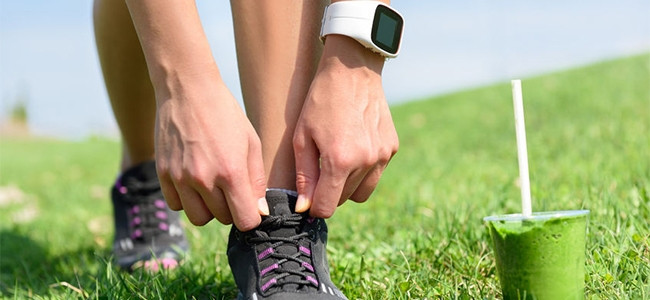
Total shipments of connected wearables consisting of smartwatches, smart glasses, fitness and activity trackers, people monitoring and safety devices, smart clothing and medical devices as well as other wearable devices, are expected to reach 262.5 million units in 2021.
This is according to research conducted by M2M/IOT market research provider Berg Insight.
The study found shipments of connected wearables (notification rings, smart motorcycle helmets, smart gloves, cardiac rhythm management devices, smartwatches, mobile personal emergency response systems and wearable computers) reached 96.5 million in 2016, up from 75.1 million devices in the previous year. This is a compound annual growth rate of 22.2%, with Bluetooth remaining the primary connectivity option.
A total of 26.8 million of the wearables sold in 2021 are anticipated to incorporate embedded cellular connectivity, mainly in the smartwatch and people monitoring and safety categories.
Smartwatch sales are expected to pick up considerably during 2017 and Berg Insight estimates shipments will reach in the region of 35 million units, a 66% year-on-year increase, reveals the report.
Apple, according to Berg Insight, entered the connected wearables market in Q2-2015 and quickly became the leading smartwatch vendor. The competition has been responding with increasingly capable and attractive devices from Android Wear vendors, including Motorola, LG, and Huawei, as well as from vendors betting on other platforms such as Samsung.
Today, fitness and activity trackers are still the largest device category and shipments are expected to reach 74 million units in 2017, says Berg Insight.
"Xiaomi has been particularly successful within the fitness and activity tracker segment. The company is continuously expanding its reach and sales have been largely driven by increased interest from the Asian market," explains Adam Palmborg, IOT analyst, Berg Insight.
"This product category is now facing fierce competition from smartwatches that in most cases include activity tracking features. Technology advancements, increased consumer awareness and wide availability of devices in different price segments will help the smartwatch category to reach mass market appeal and surpass activity trackers as the largest device category within wearable technology by 2019."
Decreasing prices and new form factors will enable dedicated fitness and activity trackers to reach shipments of 81 million units in 2021. Smart clothing is expected to gain significant traction within the next five years, with shipments expected to reach 18.3 million units in 2021, up from 1.56 million units in 2016, adds the report.
According to a recent report by IDC, global wearables shipments grew 10.3% year-over-year, reaching 26.3 million during the second quarter of 2017 (2Q17). Smartwatches like the Apple Watch and Android Wear grew 60.9% in the quarter, says IDC.
A Gartner report found sales of global wearable devices will generate revenue of $30.5 billion in 2017; of that $9.3 billion will be from smartwatches.
"Smartwatches are on pace to achieve the greatest revenue potential among all wearables through 2021, reaching $17.4 billion," says Angela McIntyre, research director at Gartner.
"The overall average selling price of the smartwatch category will drop from $223.25 in 2017 to $214.99 in 2021, as higher volumes lead to slight reductions in manufacturing and component costs, but strong brands such as Apple and Fossil will keep pricing consistent with price bands of traditional watches."
Share